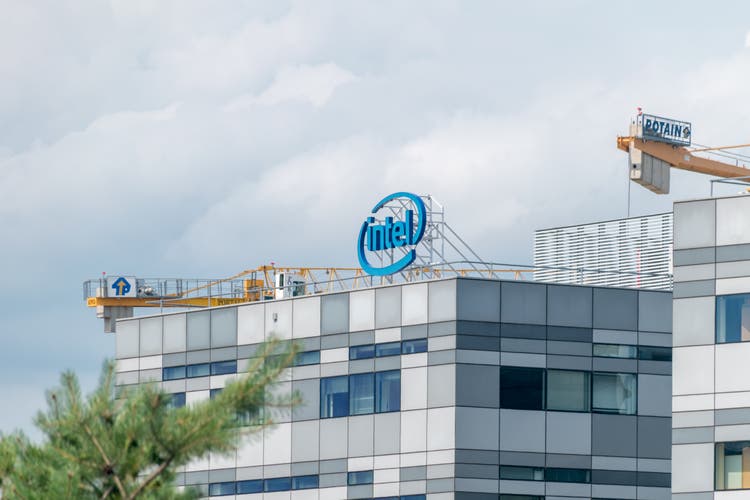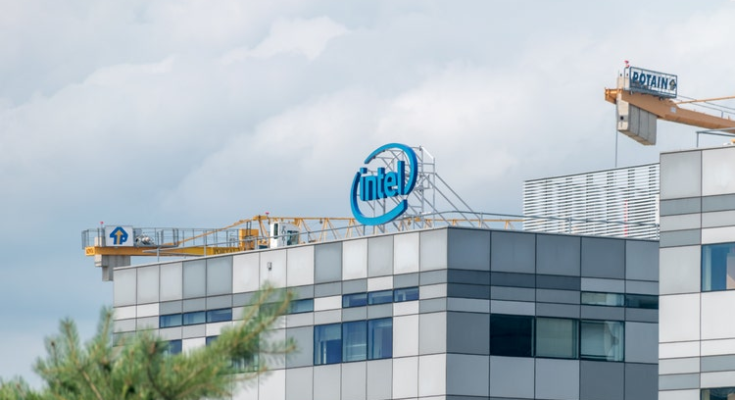RobsonPL/iStock Editorial via Getty Images
A lot of ink was spilled recently as Intel (NASDAQ:INTC) unveiled its oft-anticipated Arc GPU, slated to be released in the summer.
The Intel Arc GPU received a lot of praise from the press, excited some in the industry and could be a positive for the company’s financials, but it’s too early to say that it will be a viable replacement for Nvidia (NASDAQ:NVDA) or Advanced Micro Devices’ (NASDAQ:AMD) offerings, investment firm Truist said.
Analyst William Stein, who rates Nvidia a buy, while Intel and AMD are rated hold, noted the Arc desktop GPUs are a “step in the right direction” for the Santa Clara, California-based Intel. However, Nvidia is well-established in the graphics card space and the new offerings are not likely to hurt the competition anytime soon.
“We believe that [Nvidia’s] well-established performance advantage in gaming GPUs and ongoing supply chain constraints collectively suggest [Intel’s] product should have little to no impact on [Nvidia’s] gaming business for now,” Stein wrote in a note to clients.
In addition, the analyst noted that Nvidia is well positioned in artificial intelligence in the datacenter and edge computing, as evidenced by its growing revenues and cash flows.
The Intel Arc discrete GPUs are set for a “limited” release this summer, with the Arc 3 currently available in laptops starting at $899. In the summer, the Arc 5 will be released and the Arc 7 is set for later this year.
These GPUs will offer Intel’s Xe-HPG architecture, supporting ray tracing and can up-convert images for better quality.
Stein noted that early reviews have shown Intel’s (INTC) Arc GPU have a greater than 50% performance than an integrated graphics card, the Arc 3 is really only competitive with the lower end of the market.
In comparison, Nvidia recently unveiled the Hopper H100 GPU, which has 80 billion transistors and tops the performance of the Ampere architecture, recently only two short years ago.
At a recent event, Chief Executive Jensen Huang said 20 of Nvidia’s H100’s could handle the entire world’s internet traffic.
It’s likely that the Arc 5 and Arc 7 will be priced “competitively” with other products in the market and could generated some additional revenue for Intel, and perhaps even gain some momentum from gaming fans, Stein conceded.
However, it’s likely that if there is any impact to either Nvidia or AMD (AMD), it would be “modest,” especially given the semiconductor industry is still supply constrained, but still growing.
Under Chief Executive Pat Gelsinger, Intel is looking to turn itself around and compete with the likes of Nvidia (NVDA), Advanced Micro Devices (AMD) and even Apple (AAPL), which has moved away its Mac computers away from Intel in favor of it chips it’s designed itself.
It appears the new Arc GPUs are a good start, according to Wall Street, but a lot more will need to be done if it’s going to be a serious threat to either company.
Intel (INTC) recently announced it would build a $20 billion plant in Ohio and invest as much as $88 billion in Europe over the next decade to boost chip production.



